My patient didn't look so good the second time I met him. The first time I took care of him in the hospital was for an overnight, when he was admitted to the oncology service, and discharged shortly thereafter following a few tests. When he returned to the hospital a few months later, he had lost at least 30 pounds, and even to the relatively inexperienced eyes of an intern, it was clear he didn't have much time left. His cancer had progressed rapidly, and the focus of his hospital stay was helping him and his family to accept that further interventions would be more likely to prolong his suffering than to have a meaningful impact on his survival. The day I discharged him from the hospital to return home, he looked at peace with the decision. When I learned a few weeks later that he had died, amidst the sadness of the passing of a vibrant and loving young man, I took comfort in his being able to die at home, without the tubes and lines he would have had if he'd stayed in the hospital those last few weeks.
And then I was faced with one of the many small but important decisions interns encounter on a daily basis. Should I send a note?
It used to be that doctors routinely sent condolence cards to the families of patients who died. Some have suggested that sending a condolence card is in fact part of a physician's professional obligation to a patient. Families may be comforted by the affirmation that their loved one was not merely a name on a roster, but a person, whose death is noteworthy. Families might hope, but not know, that our patients mean more to us than we can convey in the typical seven-minute encounter. A condolence letter from a physician can help influence patients' and families' experiences with doctors, fostering the idea that physicians are caretakers in the true sense of the word. For doctors, otherwise busy with medical records and insurance paperwork, writing a thoughtful letter can remind us that our work has meaning. As physicians, we often see patients at their worst, and focus on their problems. Unfortunately, we often don't get or ask for much information about our patients' lives when they are well. The act of writing a condolence letter allows doctors to think about a patient in the context of his or her life, not only in the context of illness.
And yet, after delivering the immediate notification of death, few physicians contact patients' families. In a recent survey of house staff at a major metropolitan medical center, while 100 percent of responders reported they had had a patient die, only 5 percent had ever written a letter of condolence. This is consistent with previous findings that about two-thirds of physicians have never written a condolence letter.[2] Common barriers cited include not knowing what to write, unclear identification of which medical team member should write the letter, and time and logistical constraints. But it is also a result of lack of awareness and training. Two-thirds of the house staff surveyed above stated that it simply didn't occur to them to send a letter of condolence.
We could say that this represents an overall change in the times. In the days of email, texts, and Tweets, who writes letters anymore, anyway? Apart from letters from my grandmother, and the occasional birthday card, I cannot remember the last time I received a piece of mail that was not mass-produced. However, letter-writing is important. There is something about the tangibility, the permanence, of a letter retrieved from the mailbox, an envelope opened, a card held in the hand that simply doesn't come through in an email. A letter received communicates not only the information it contains, but also a parallel message -- one that says I took the time to write this, and the time to find a stamp, and then I put it in a mailbox, because I was thinking of you.
I sent a note to my patient's family. I was not the only person who took care of him, and I did not know if another member of the team would write a note. I did not know if his family would even remember my name. I was not really sure what to write and I certainly did not have a lot of free time. But I felt compelled to tell them I remembered their son, their brother, and I remembered them. I told them it was clear to me how much it meant to him to have them there in the hospital with him, and how fortunate I felt to have been involved in his care. I wrote the letter not expecting or even imagining a response, so it was a pleasant surprise to receive a card from my patient's mother a few weeks later. She did remember me, and wanted me to have something to hold onto as well, to remember her son. Inside was a beautiful picture of him on the beach in front of a gorgeous sun, rising or setting I could not be sure. The picture must have been taken at least several months before he got sick. He looked like a different person from the one I had seen when he left the hospital. He looked good.
References:
[1] Ellison NM, Ptacek JT. Physician interactions with families and caregivers after a patient's death: Current practices and proposed changes. Journal of Palliative Medicine. 2002; 5(1): 49-55.
For more by Sarah Richards Kim, M.D., click here.
For more on healthy living, click here.